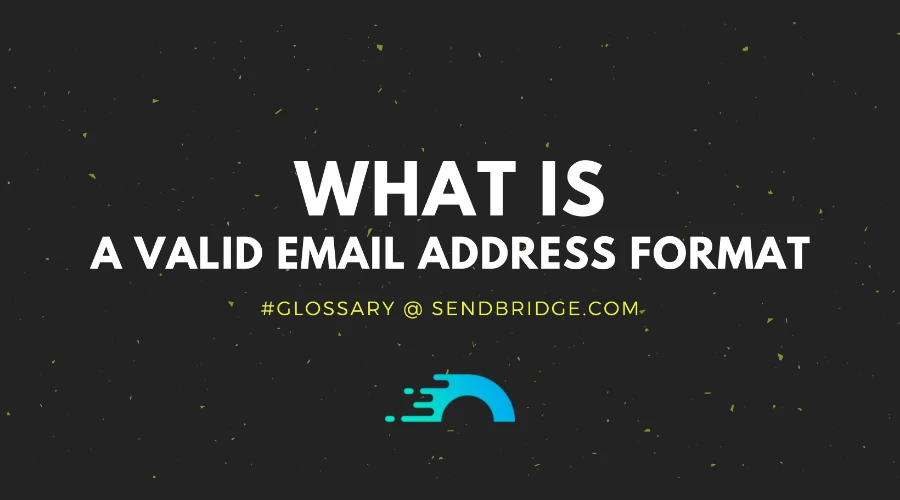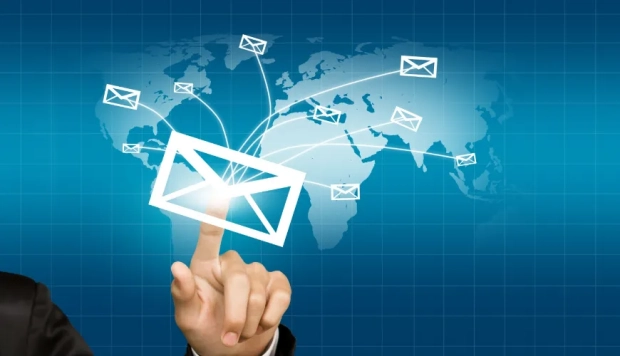What is a Valid Email Address Format

What is a valid email address format?
In the digital world, email addresses are like our online identities, letting us communicate, sign up for services, and receive important information. But not every string of characters counts as a valid email address. So, what makes an email address valid? This article will guide you through the essentials of a valid email format, show examples of what to do and what to avoid, and explain how you can check if an email address stands up to scrutiny.
Understanding Email Address Format
A valid email address has two main parts, separated by the "@" symbol: the username and the domain name.
Here's a quick breakdown:
- Username: This is the part before the "@" symbol. It's unique to each user within the domain and can include letters, numbers, periods (.), underscores (_), and hyphens (-).
- Domain Name: This comes after the "@" symbol and points to the server where the email account is hosted. It often ends in segments like ".com", ".org", or ".net", which are known as top-level domains (TLDs).
Read more: Can email addresses have hyphens, minus signs and dashes?
Valid vs. Invalid Email Formats
To give you a clearer picture, let's look at some examples. We'll start with a table showcasing valid email formats:
Table 1: Valid Email Formats
| Valid Email Address | Why It's Valid |
|---|---|
| name@example.com | Simple and follows the basic structure. |
| firstname.lastname@example.com | Includes a period in the username. |
| user_123@example.com | Uses an underscore and numbers in the username. |
| user-name@example.com | Hyphenated username is acceptable. |
| name@example.co.uk | Domain includes a subdomain (co.uk). |
Now, let's contrast that with some common mistakes:
Table 2: Invalid Email Formats
| Invalid Email Address | Why It's Invalid | |---------------------------|----------------------| | @example.com | Missing username. | | name@example | Incomplete domain, no top-level domain (e.g., .com, .org). | | name@.com | Missing domain name before the top-level domain. | | name..doe@example.com | Consecutive periods in the username. | | name@example..com | Consecutive periods in the domain name. |
What Makes an Email Address Valid?
An email address's validity isn't just about its structure. Here are the key factors that contribute to its legitimacy:
Syntax: The address must follow the standard format: username@domain. The username and domain must meet specific criteria, such as allowable characters and no consecutive special characters.
Domain Existence: The domain part of the email must point to a real email server. This is crucial for the email to be reachable.
Mail Exchange (MX) Records: These DNS records are essential for sending emails to the domain. If MX records for the domain don't exist, the email address can't receive emails, rendering it invalid for practical purposes.
How to Check if an Email Address is Valid
Whether you're cleaning up an email list or simply want to ensure you're sending emails to valid addresses, here are some ways to check their validity:
Manual Test: Send a test email. If it doesn't bounce back, the address is likely valid. However, this method isn't foolproof, as some invalid addresses might not bounce back immediately. Read more on How to Ping an Email Address.
Syntax Check: Use online tools to verify that the email address follows the correct syntax. This is a quick way to weed out obviously invalid formats.
Verification Services: For a more thorough check, use email verification service like SendBridge. These tools not only check the syntax but also validate the domain, check MX records, and even perform SMTP checks to ensure the email box is active and able to receive messages.
Understanding what constitutes a valid email address and how to verify them is crucial for effective communication and email marketing. By ensuring you're using and sending to valid email addresses, you reduce bounce rates, improve deliverability, and maintain a healthy sender reputation. Always double-check addresses for typos and use verification tools as needed to keep your email lists clean and effective.
Remember, in the realm of digital communication, a little diligence goes a long way in ensuring your message reaches its intended destination.




